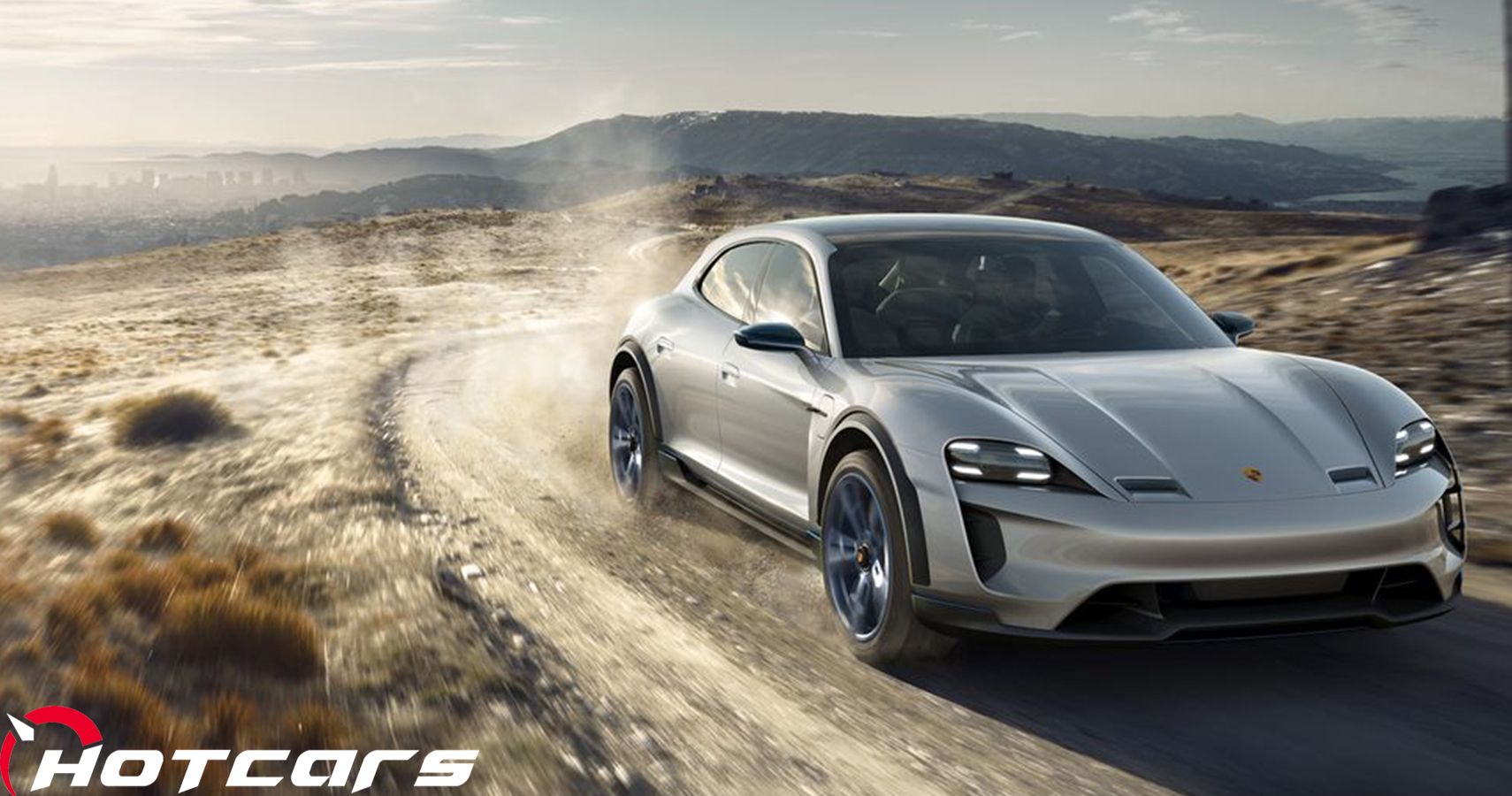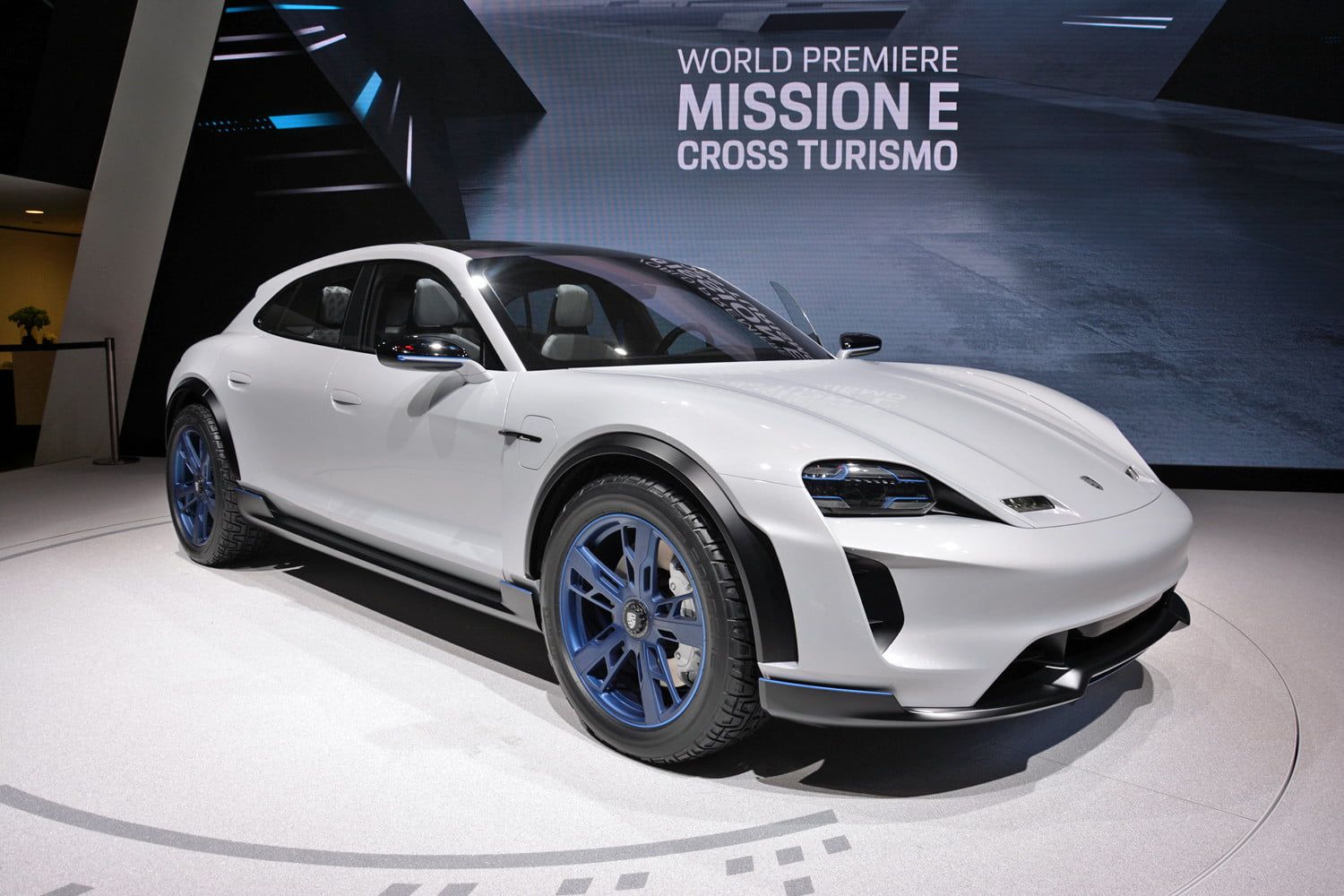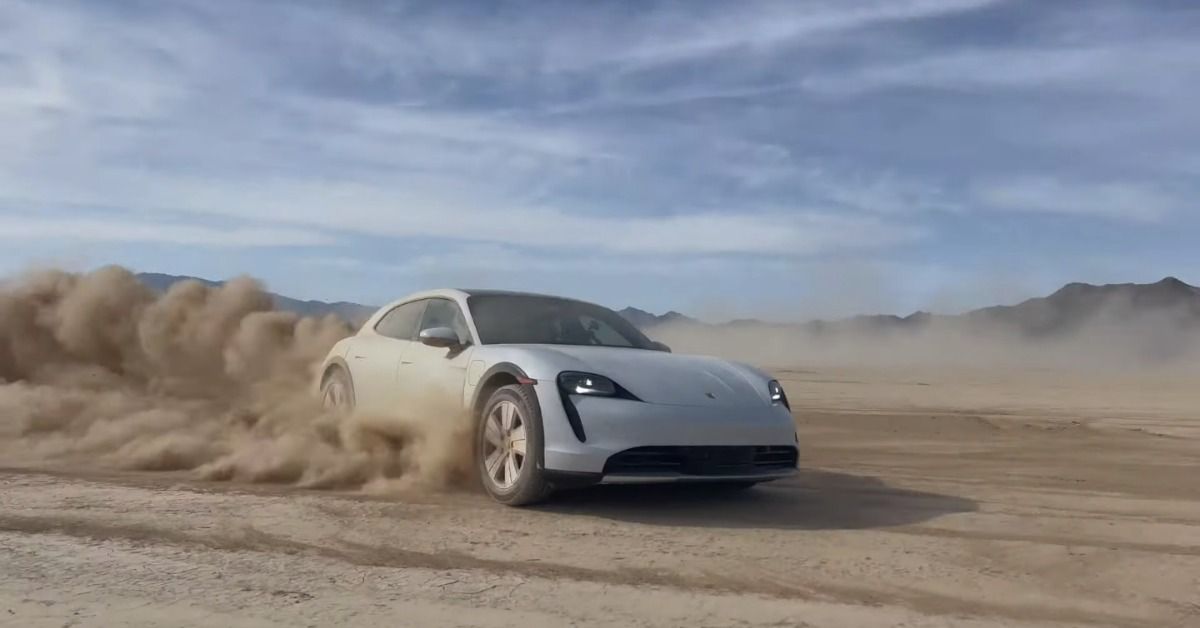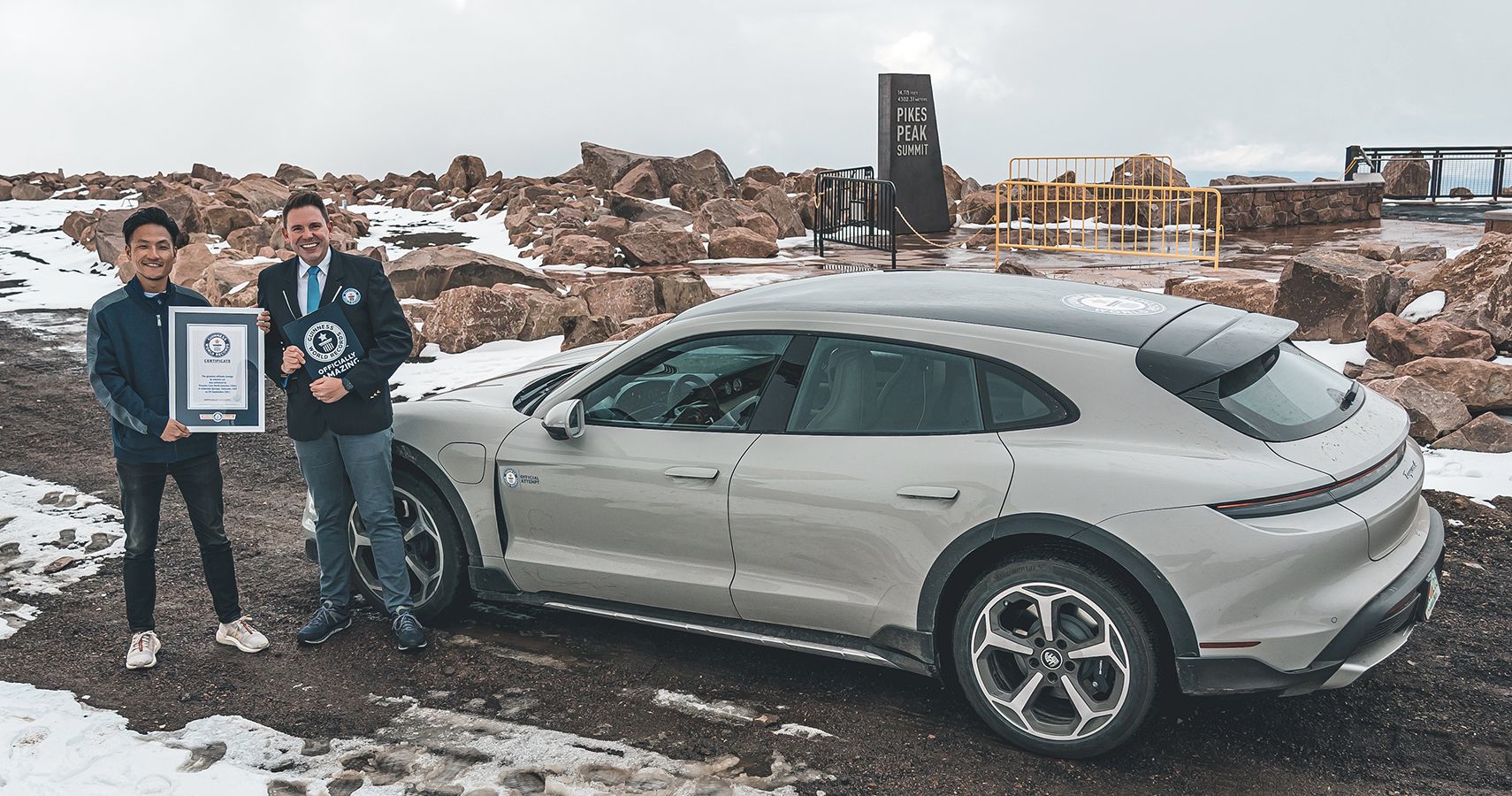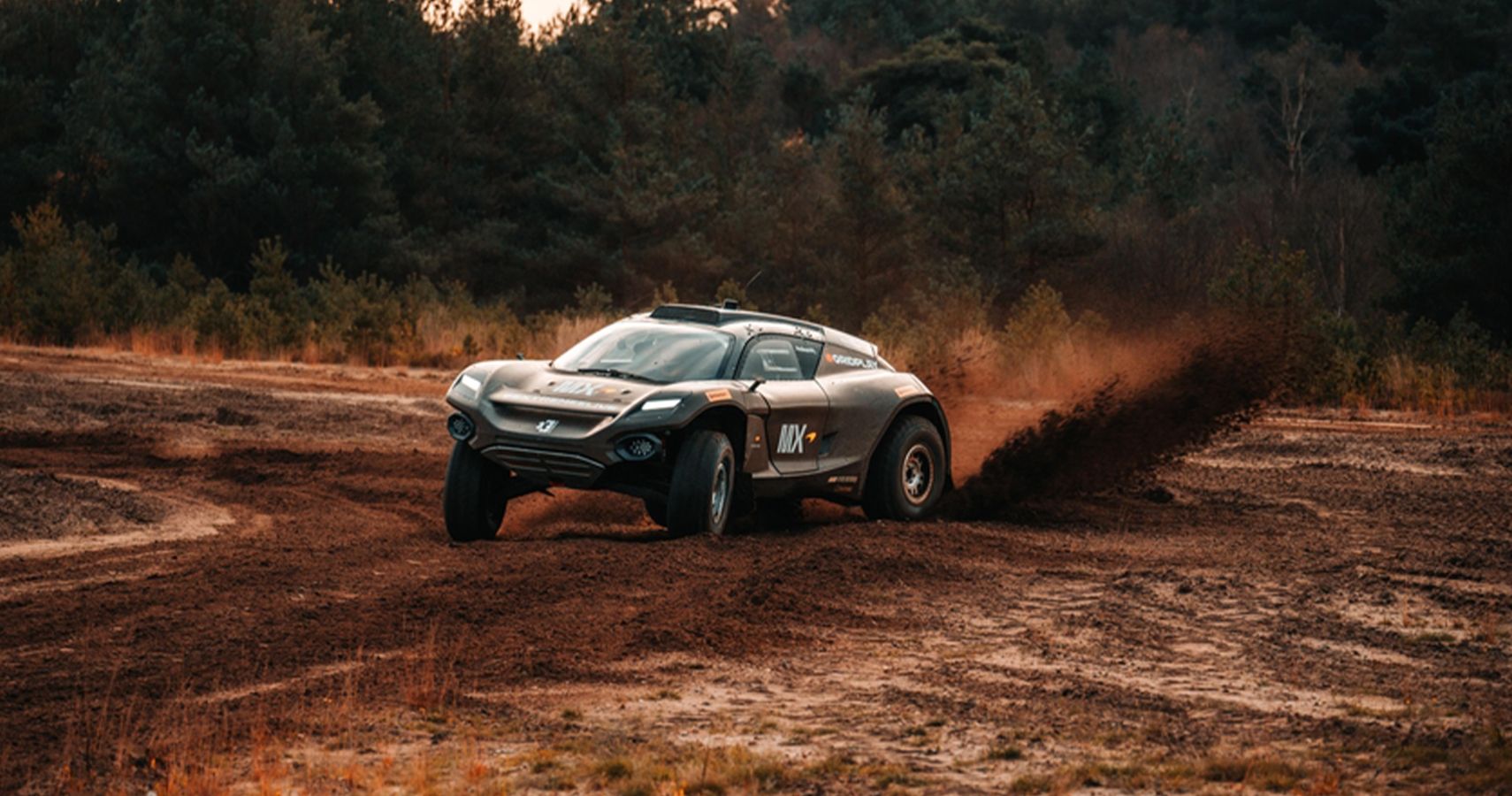Welcome to Off-Road Legends, a new series from HotCars where we will take a closer look at some of the most iconic and successful off-roaders of all time. From the best pickup trucks we know and love to the most hardcore, Baja-prepped racing machines ever seen, Off-Road Legends highlights everything that allows vehicles to keep right on running when the pavement ends.
Our previous episodes featured a couple of the gnarliest Baja racers of all time, the wold's most expensive Bronco known as Big Oly and a 4x4-converted Chevy Nova nicknamed Snortin' Nortin. Then, we covered rally racers from Europe, including Lancia's stunning Stratos HF which paved the way for many modern supercars and eventually, the winningest rally car of all time, the Delta HF Integrale. Porsche got into the mix, too, with the 959 that took performance to new levels, on-road and off. And Japan's answer, the Toyota Celica GT-Four that ended up caught with perhaps the most ingenious cheat ever used on a racecar.
This time around, we want to look at the future of off-roading, as electrification spreads throughout the automotive industry and even into the world of four-wheeling. But as much as Tesla or Rivian want their electric pickups to look like off-roaders—and given the Jeep Wrangler 4xe's limited EV range—the true electric future of off-roading might actually emerge from the concept originally known as Porsche Mission E.
Electric Motorsport Goes Off-Roading
The question of whether or not off-roading will transition to all-electric power no longer looks in doubt. The FIA's Extreme E series already invites automakers to enter hardcore electric off-roaders to compete in some of the gnarliest terrain on the planet, with coverage focusing not just on the vehicles, drivers, and teams but also on sustainability efforts and environmental concerns of the regions hosting races.
Carrying On The 959 Legacy
Whether or not Porsche's bid to partner with Red Bull Racing for a Formula 1 return plays out, given recent drama, perhaps Stuttgart should envision a new car for Extreme E that carries on the 959 supercar's heritage for the modern era. After all, the 959 conquered the world of tarmac driving despite being built for off-road racing in the most grueling reaches of African desert, using new-at-the-time technology like adjustable ride height suspension, twin-turbocharging, stout all-wheel-drive systems, and even early runflat tires and tire-pressure monitoring.
More recently, the 959's SUV successor, the Cayenne, competed in the Transsyberia rally—though most Porsche fans would say that the 918 Spyder, with an advanced hybrid drivetrain and refined aerodynamics, actually represents the 959's true spirit. But the 918 Sypder certainly can't go off-roading—so enter the Mission E Cross Turismo concept.
Mission E Cross Turismo Concept
Believe it or not, but Porsche first introduced the Mission E at the Frankfurt International Motor Show way back in 2015. Eventually, the sleek electric four-door coupe transitioned into the Taycan for production, while a later version sported bigger tires, a lifted ride height, fender flares, and a shooting-brake roofline—some of which showed up on the production Taycan Cross Turismo which was approved by Porsche's board in 2018. But even if the Cross Turismo now offers a "gravel" mode, the real-world performance still definitely leans towards street driving rather than off-roading.
The Real-World Taycan
And on the streets, Porsche immediately proved that a major manufacturer could tackle Tesla's EV dominance, with 800-volt architecture, a two-speed transmission, all-wheel-drive, and a range of configurations topped by the Taycan Turbo S that managed to set new standards for straight-line speed and also nimble driving dynamics, in classic Porsche style.
Cross Turismo Competition
More recently, Porsche set out to undertake something of a peculiar mission with the Cross Turismo and attempted to drive the EV from the lowest place a car can travel in the United States, the bottom of a copper and nickel mine in Michigan, all the way to the top of Pikes Peak in Colorado. The journey covered 15,889 feet—or just over three miles—of climbing—in 33 hours and 48, proving that electric cars can withstand the same challenges that internal-combustion cars. In fact, because the Taycan needs no oxygen for internal combustion, the car probably survived the climb up Pikes Peak better than a gasoline sports car, much like the Volkswagen ID R electric racer that set a new Pikes Peak overall record back in 2018.
Taycan Road Trip
In the modern age of social media, meanwhile, Porsche owners draw inspiration to bolt rooftop tents on their cars and hit the trail. And not just in the Cayenne, a super SUV that offers surprising off-roading abilities, but also in the smaller (and crucially, lower) 911 sports car. So why not the Taycan? Well, Porsche's advertisements for the factory's roof tent actually features a Taycan Cross Turismo, though whether the charging infrastructure that Jeep Wrangler 4xe or Rivian R1T owners hope to use when exploring the great outdoors undoubtedly remains something of a conundrum. At the very least, however, the idea of more mainstream EVs going off-road now seems somewhat less absurd, which can only continue to nudge more hesitant buyers towards electrification as EPA ranges increase and charge times decrease.
Porsche In Extreme E?
Porsche promised an investment of $7.4 billion dollars to ramp up electric vehicle development and production, including the decision to convert the Cayman and Macan to full EVs for their next generations. And other manufacturers seem interested in leaning towards all-weather and off-road capability with their EVs, too, if Rolls-Royce's early teasers of the Spectre testing in the snowy Arctic are any clue.
Now that the Red Bull and Formula 1 deal looks unlikely to move forward, perhaps the most logical step for Porsche would be to convert a Taycan Cross Turismo into a more hardcore variant that goes even a step beyond the original Mission E concept. British supercar manufacturer McLaren already competes in the series, proving the performance potential first shown on the P1 hybrid. But at the moment, even if the Taycan can sprint alongside a Tesla, Porsche's range estimates still fall short of the original Model S that debuted a full decade ago.
Clearly, range anxiety still plays a part in EV adoption but rebranding Porsche as a company pioneering electric capability off the tarmac might help to inspire confidence among the large swath of the general public considering an EV for their next car.
Sources: porsche.com, youtube.com, redbullracing.com, jeep.com, and rivian.com.

